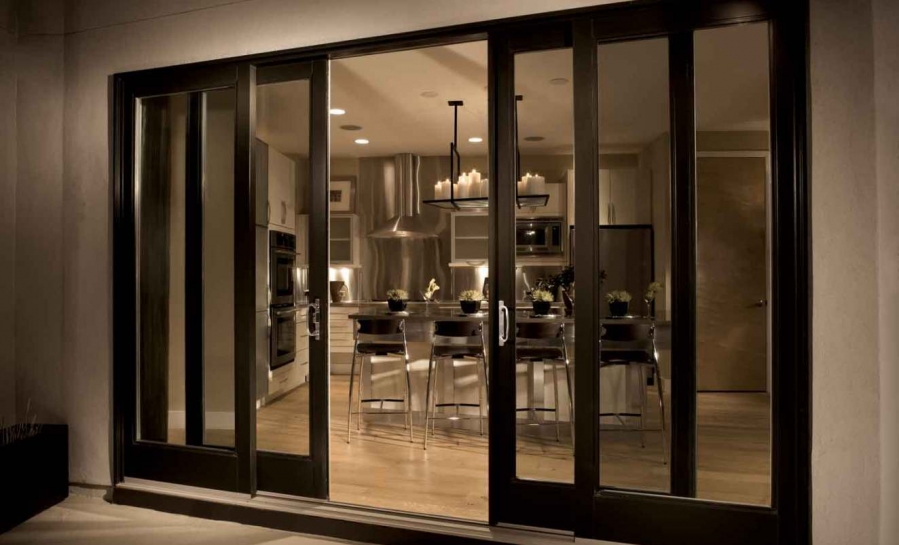Home Improvement
Choosing Between Fiberglass, Steel And Glass Doors

There are different types of materials that you can choose for your door. The design of your house, the local climate and your personal preferences play an important part in determining what type of material that should be used for the door. The cheapest material for your door is usually fibreglass, which is fiber yarn that’s bound together using thermo-resin, so you will get a composite compound with good strength. However, you should know that fibreglass has thermal conductivity that’s lower than wood. Even so, fibreglass doors still provide acceptable insulation value and we can find models with grain and texture that resembles real hardwood. We would only know that it’s not real wood when we touch and knock the surface.
One big advantage about using fibreglass door is that, the material can’t rot and it will not warp, except when exposed to extreme temperature and direct fire. Compared to hardwood door, fibreglass requires minimal maintenance. If you want to get fibreglass door with good insulative properties, you should choose the one with polyurethane filling and fibreglass veneer. One disadvantage of using fibreglass door is that, the product is already fabricated and molded, so we can’t make adjustments on the construction site. If you want to have door with heavier material, it is a good idea to choose the one made from metal. Metal door is often not made entirely of metal, because it may still has polyurethane filling and wood frame.
Steel door should provide with exceptional strength and we should be able to paint it with any color. However, you should make sure that the steel door is properly sealed to prevent rust from taking place. Another issue with steel door is that it can dent easily when bumped hard with sharp and hard objects. Fiberglass doesn’t dent easily, because it’s flexible and we can repair any nick on the wooden door. Unfrotunately, we can’t perform the necessary repair with metal surface. Another disadvantage of metal door is that it is an excellent thermal conductor, which can represent a problem in winter season.
Glass is another alternative material that we can choose for doors. It is important to know that glass has different characteristics. As an example, we could choose door with low E glass characteristics or low emissivity. It means that the glass contains metal oxides that can reduce the radiative heat flow. Glass can also have different r values, which determines whether the door is efficient enough. You may also choose insulated glass door units, which is fabricated with argon or other inert gasses. These gasses are able to improve the thermal efficiency of the door. You may also choose doors made from decorative leaded glass with its great aesthetic values. However, you should know that leaded glass isn’t really energy efficient. Some glass doors may also have layers of different glass that have unique characteristics, so we will be able to get the properties we want. In the end, we should make sure that the door is highly efficient.
-

 Tech11 years ago
Tech11 years agoCreating An e-Commerce Website
-

 Tech11 years ago
Tech11 years agoDesign Template Guidelines For Mobile Apps
-

 Business6 years ago
Business6 years agoWhat Is AdsSupply? A Comprehensive Review
-

 Business10 years ago
Business10 years agoThe Key Types Of Brochure Printing Services
-

 Tech8 years ago
Tech8 years agoWhen To Send Your Bulk Messages?
-

 Tech5 years ago
Tech5 years ago5 Link Building Strategies You Can Apply For Local SEO
-

 Law5 years ago
Law5 years agoHow Can A Divorce Lawyer Help You Get Through Divorce?
-

 Home Improvement6 years ago
Home Improvement6 years agoHоw tо Kеер Antѕ Out оf Yоur Kitсhеn































